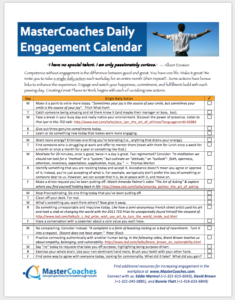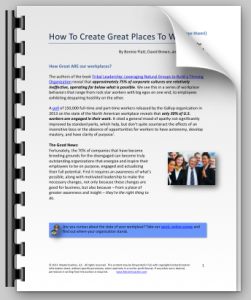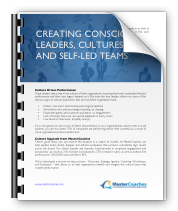I’ve been noticing a lot of talk lately about transparency and openness in organizations. A colleague, Mark Taylor, recently gave a talk at TEDx Times Square in NYC where that was the theme. But taking these themes back to ground level is more the exception than the rule.
One of those opportunities occurred recently. My wife is a full-time Occupational Therapist, but like many of the executives I coach, she has an artist alter ego. The most effective people have learned how to bring both their right and left brain wisdom to work. But that’s another story…
On this day my wife was selling her art at a local Founders Day event. I helped set up the tent, table and shelves. As the morning progressed I noticed we weren’t getting much traffic. As
I walked around the 10×10 tent I observed, and felt, that the U-shape created by the 2 shelving units and the table in the back was uninviting. We then angled the shelves to create more of a V. Within 5 minutes there was a steady stream of people coming in to the booth. Within an hour we doubled our revenue and she ran out of business cards.
My clients who lead $25M organizations might scoff about scaling my anecdote to their business. But those people who were invited into my wife’s booth are your customers and your employees too. People not only crave openness, in its absence they will fill in the blanks with their own stories, assumptions and gossip, and it’s rarely better than the truth. Even an unpleasant truth is better than a comfortable lie. There’s a reason for the cliche “if its too good to be true it probably isn’t.”
Here are a few lessons from the art of business and the business of art:
- Leaders need to know why their company does what it does (hint: the answer isn’t “to make money”).
- That core purpose should be embodied in everything that human beings touch in the organization, from how they behave to strategy and priorities.
- Create a learning culture where it’s safe to try new things, innovate, expand knowledge. Invite conversation and collaboration. It’s OK to make mistakes, as long as you learn from them and don’t make the same ones over again.
- Do regular “oil changes” where you ask about what’s working, what’s not working and what would make what’s not working work. Invite everyone’s voice to be heard and let stakeholders take responsibility for their future.
Does transparency and openness pay off? Don’t take my word for it. Research consistently demonstrates that what incentivizes people the most is autonomy, clear purpose and an opportunity to develop mastery.
Share your own stories where inviting openness and transparency paid off. Or where barriers to it caused unintended consequences. Let’s have a conversation!







Social Links